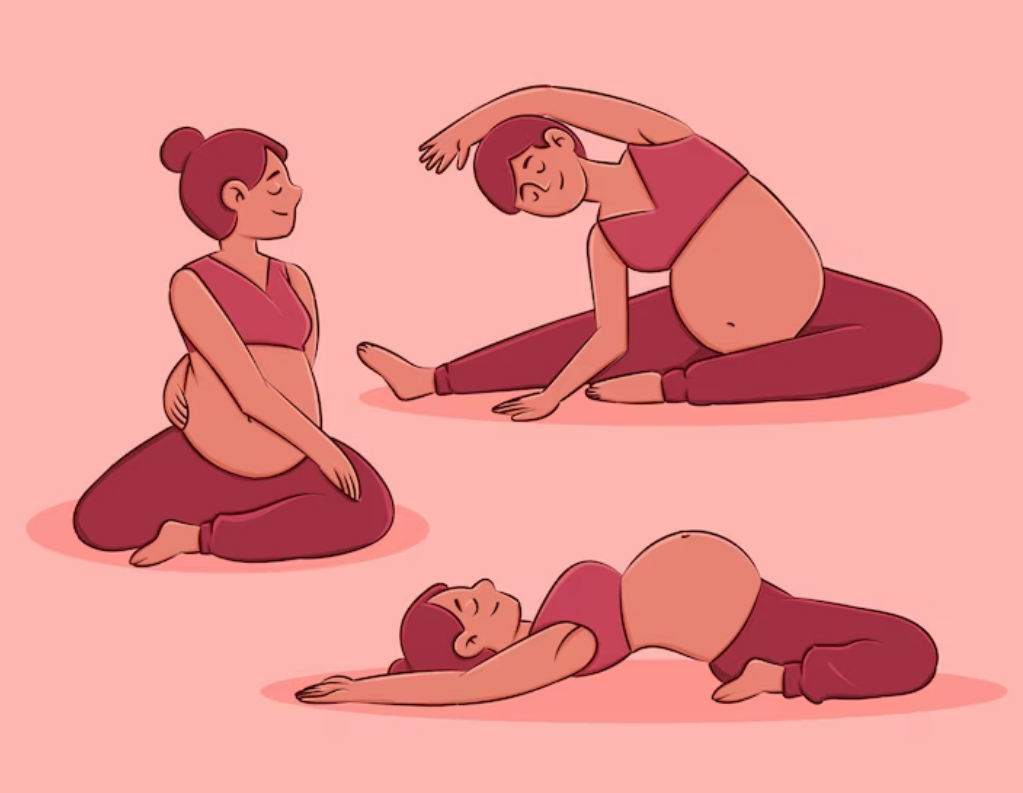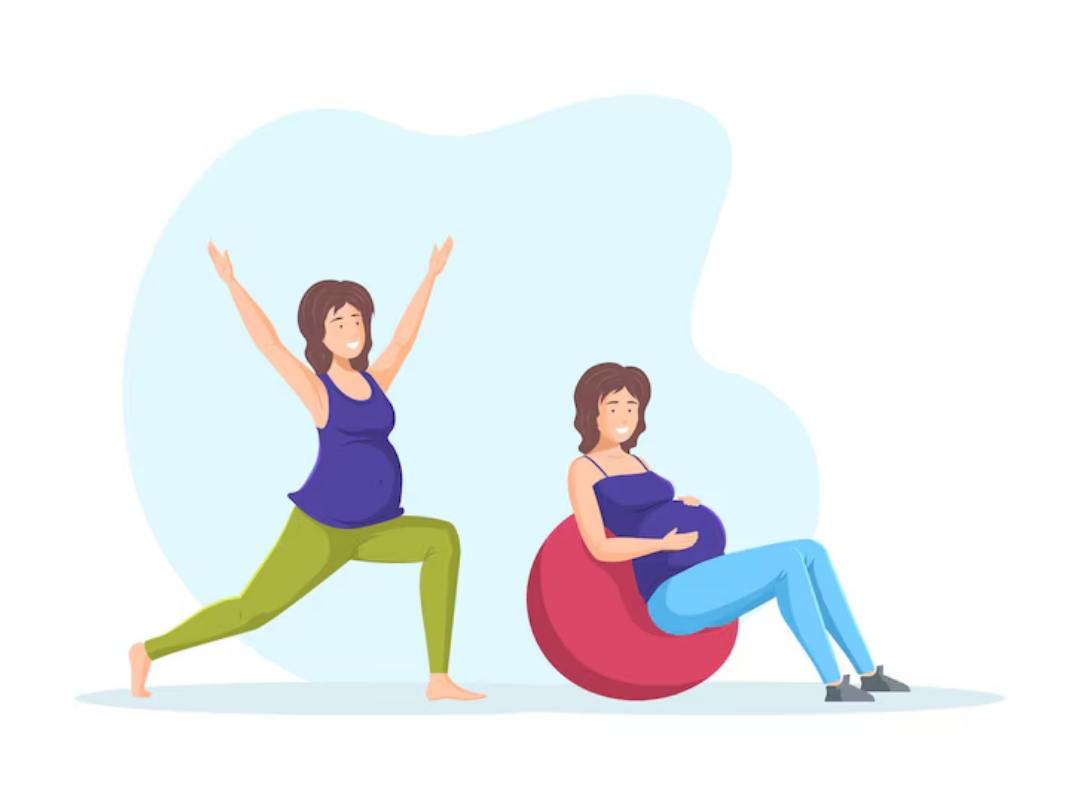
5 Expert-Approved Exercises to Start After Giving Birth
The journey of childbirth transforms a woman's body in many ways, and the path to physical recovery afterwards deserves thoughtful attention.
"Returning to exercise after delivery is a gradual process that should honour the body's healing journey," explains Dr Vajalla Shravani, MPT, fitness and Pilates expert, Tone30 Pilates. "Every woman's postpartum experience is unique, and the right time to resume exercise depends on individual factors like the type of delivery, any complications, and overall physical recovery."
While the desire to ‘bounce back’ might feel pressing, experts emphasise that postpartum exercise should focus on healing and reconnection rather than rapid results.
Exercises to Start After Giving Birth

Walking
Perhaps the most accessible exercise for new mothers is simply putting one foot in front of the other. "Walking is one of the simplest and safest ways to go," says Dr Radhika Patil, Head of the Physiotherapy Department, Jehangir Hospital, Pune. "It encourages circulation, aids digestion, and improves mental health, all without overworking the body. Begin with short, gentle promenades about the house or in the garden and gradually work up to longer and more energetic walks."
Dr Shravani agrees, noting that "walking is an excellent low-impact option to begin rebuilding stamina" in those early weeks postpartum.
Pelvic Floor Exercises (Kegels)
"Kegel exercises should be started as soon as the woman gets comfortable," Dr Patil advises. "Pregnancy and childbirth weaken these muscles that support the uterus, bladder, and bowel. Kegels will restore pelvic strength and protect against urinary incontinence, a common postpartum symptom."
These exercises can be performed almost anywhere, while feeding your baby, lying down, or sitting, making them an accessible option for busy new mothers.
Gentle Breathwork and Core Reconnection
"In the early weeks, the focus should be on reconnecting with the body through breathwork, gentle stretching, and pelvic floor engagement," says Dr Shravani. "One of the most effective and safe ways to regain strength during the postpartum period is through postpartum Pilates. It helps improve core stability, realign posture affected by pregnancy, and support pelvic floor recovery."
Don't Miss: 5 Simple Morning Exercises To Increase Muscle Strength In 30 Days
Pelvic Tilts
Dr Patil recommends, "After your doctor gives you the green light, you can progress to core exercises to restore core strength. Begin with easy movements like pelvic tilts and modified bridges appropriate to your fitness level. Avoid heavy crunches or planks at this time, as these will tend to strain your healing belly, especially if you have diastasis recti (abdominal muscle separation)."

Yoga
"Stretching and restorative yoga also can aid recovery by loosening tight muscles and enhancing flexibility," explains Dr Patil. "Postnatal yoga combines mindful breathing and core recovery with physical and emotional advantages. Just be sure to adapt poses to suit your postpartum level."
Dr Shravani adds that this mindful approach "can be incredibly helpful in managing the emotional and physical demands of new motherhood."
The timeline for returning to exercise varies significantly depending on delivery type and individual healing. "Typically, for women with uncomplicated vaginal births, gentle movement can begin within a few days. For those who've had a C-section, it's important to wait for medical clearance, usually around six weeks," says Dr Shravani.
Postpartum exercise isn't about ‘bouncing back’, it's about healing, strengthening, and reconnecting with your body compassionately and realistically. It's a gradual journey, not a race.
Don't Miss: Prenatal Yoga: why is it beneficial for expecting moms, poses, And Practices For A Healthy Pregnancy
For more such stories, stay tuned to HerZindagi.
Image Courtesy: Freepik
Also watch this video
Herzindagi video